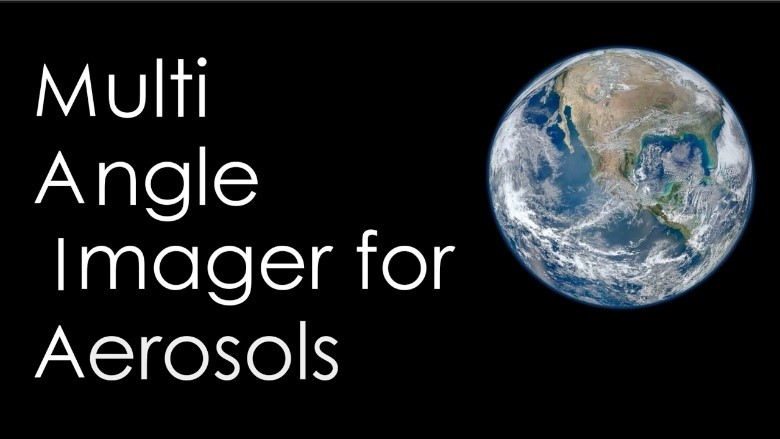Free Courses Sale ends Soon, Get It Now


Free Courses Sale ends Soon, Get It Now



Disclaimer: Copyright infringement not intended.
Context
Details
Importance of the Mission
|
PRELIMS PRACTICE QUESTION Q. Choose the incorrect answer with reference to the following statements. A. NASA is partnering with ISRO to build and launch MAIA, or the Multi-Angle Imager for Aerosols missions. B. MAIA mission, is an effort to investigate the health impacts of tiny airborne particles polluting some of the world’s most populous cities. 1. A only 2. B only 3. Both A and B 4. Neither A nor B Answer: 1 |
© 2024 iasgyan. All right reserved